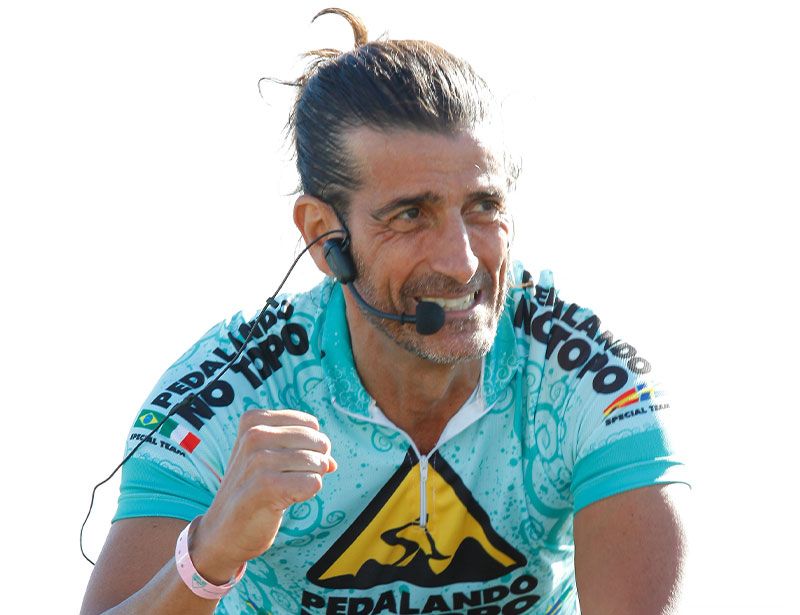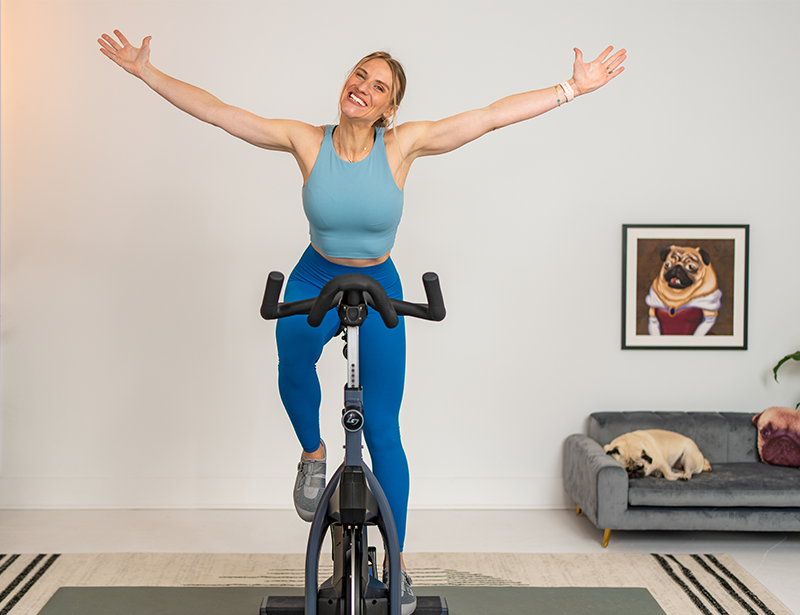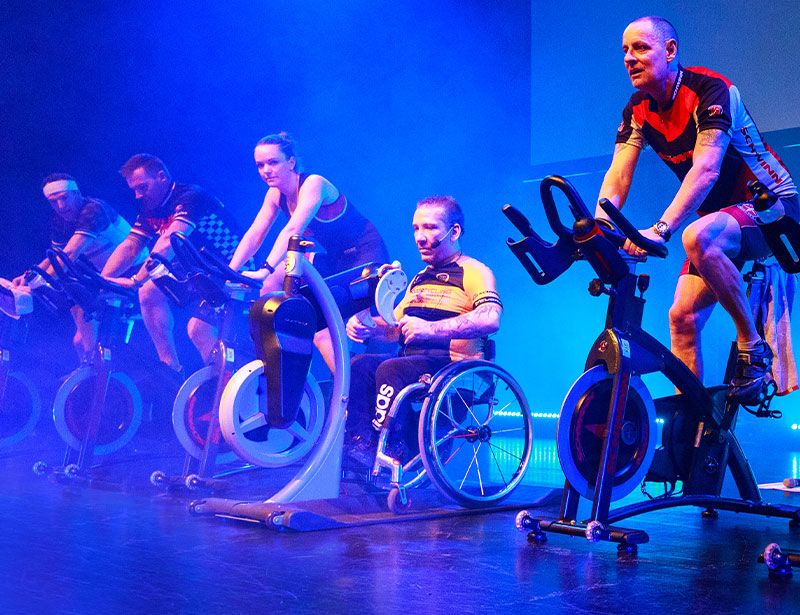Rockstar instructors
Nothing is impossible
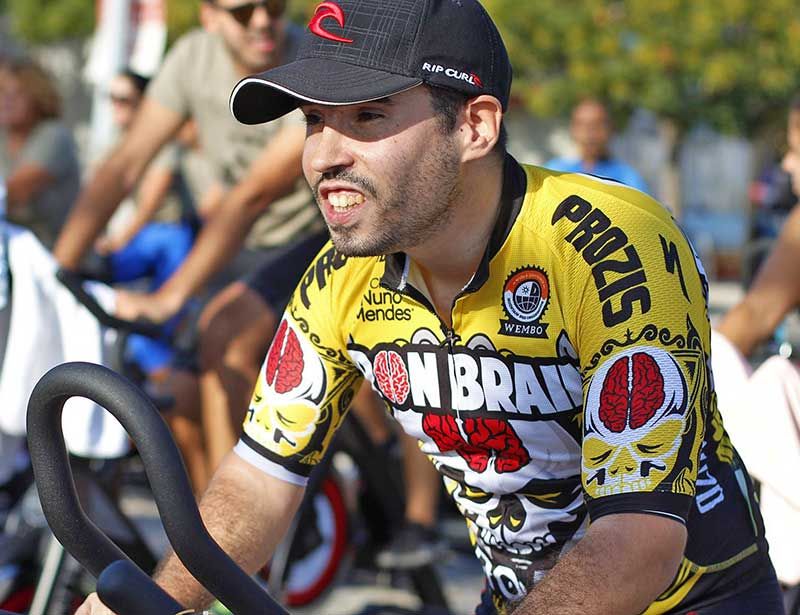
Nuno, tell us a bit about yourself.
My name is Nuno Ribeiro, I’m 31 years old and I’m from Barreiro in Portugal.
I was born with cerebral palsy, a deficiency related to the central nervous system. The best way to explain it: my brain doesn’t send the correct commands to my body, so I have problems with balance and walking.
In fact, when I was born, the doctors told my parents I would never walk.
However, we were referred to a physiotherapist who offered hope, telling my parents I would indeed walk. The first stage was surgery to stretch my tendons. This was an innovative surgery at the time – only a few places in Portugal offered it – and the doctors didn’t know what the outcome would be. But it was a success, and at the age of seven I took my first steps.
“When I was born, the doctors told my parents I would never walk”
Then began a long process of recovery until I was eventually able to walk alone, without needing support.
But the journey didn’t stop there, because around the age of 16 or 17, I’d grown tall enough that I needed more surgery; my tendons hadn’t stretched in line with my growth and we needed to stretch them again.
This time, the surgery was divided into three phases, and the short version of the story is that it was once again a success. Rather than continue to go through endless physical therapy, though, this time I decided to go to the gym to continue my recovery.
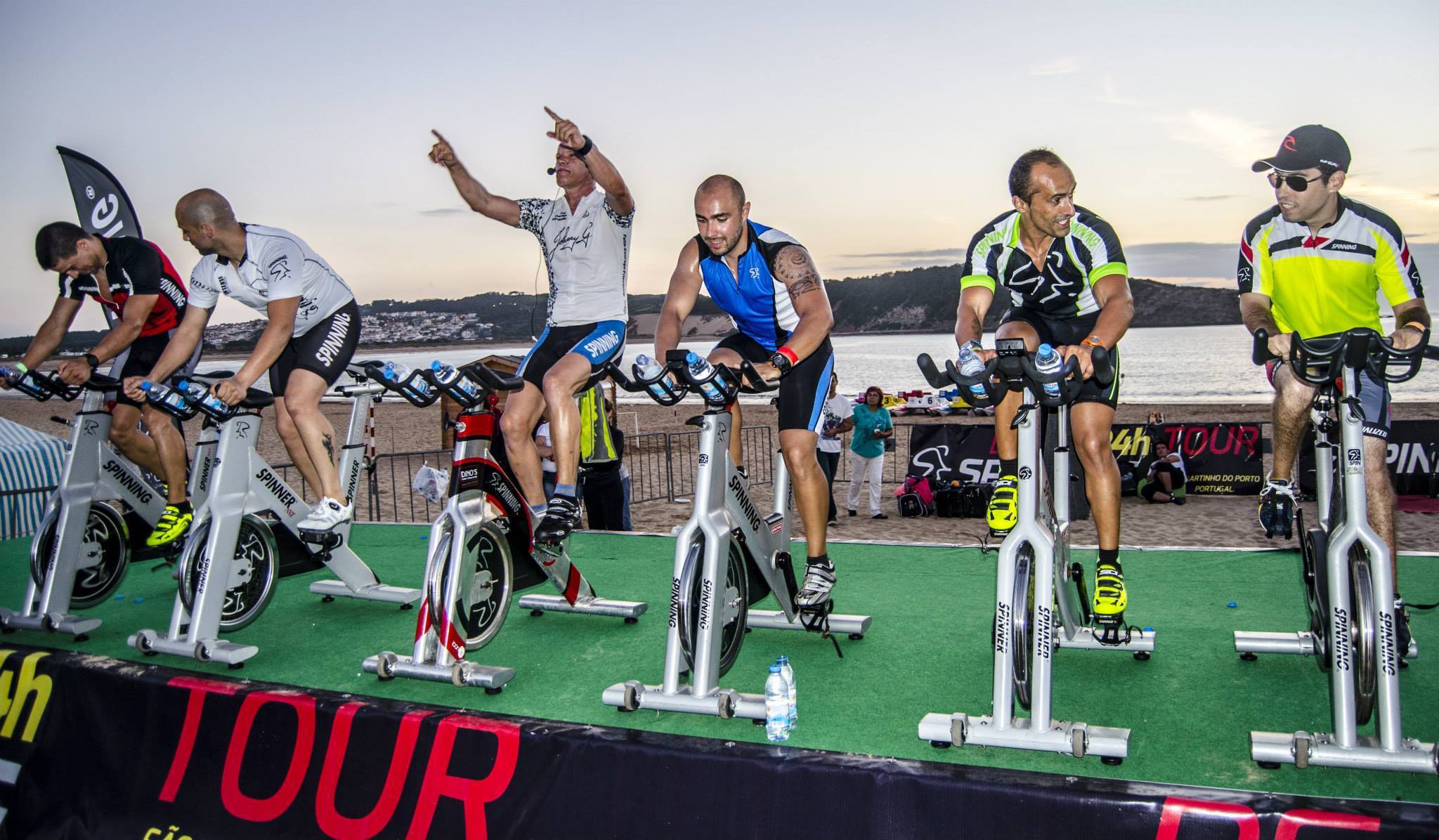
When did you discover indoor cycling?
I was about 19 when I first went to the gym and met the personal trainer – José Campos – who would change my life.
Exercise has always been part of my life – it’s had to be, as without it my physical condition would deteriorate. It’s also so crucial to giving me the mental strength to deal with more challenging days. However, training with my PT was something else again. I soon started to feel notable improvements in what my body could do, including improved strength thanks to muscle gain. I also felt better mentally, with greatly increased motivation.
In one of our sessions, I asked José if he also instructed group classes and he said yes: indoor cycling. What he then described to me sounded so wonderful, I asked if he thought I’d be able to do it. He said it would be difficult, but my whole ethos in life is to change mentalities and demonstrate that the word ‘impossible’ should not exist in the human dictionary.
“The fact I have cerebral palsy and yet I’m an instructor… I’m sure it encourages people to leave the studio thinking differently”
So I tried it, and my passion for indoor cycling has been burning strong ever since. I love the energy of these classes. I also love the fact that, when I’m on the bike, I can switch off from my disability. It’s as if I don’t have it. It’s a truly incredible sense of freedom.
And you’re now an instructor?
After a few years, just taking part in classes wasn’t enough. I wanted to teach!
It was then I was introduced to Pedro Maia, Spinning® master instructor, who had already trained others with some kind of limitation. After an evaluation to assess the feasibility of me doing the course, he suggested I do the training and then re-evaluate the possibility of a career as an instructor.
I completed the international Spinning instructor certification, as well as a few modules of Spinning Continuing Education: Strength Energy Zone, Profile Designs, Heart Rate Games and Becoming a Rockstar Instructor.
Receiving my instructor’s certificate was a breath of fresh air and a huge boost to my already growing motivation. I’d achieved something I never thought would be possible.
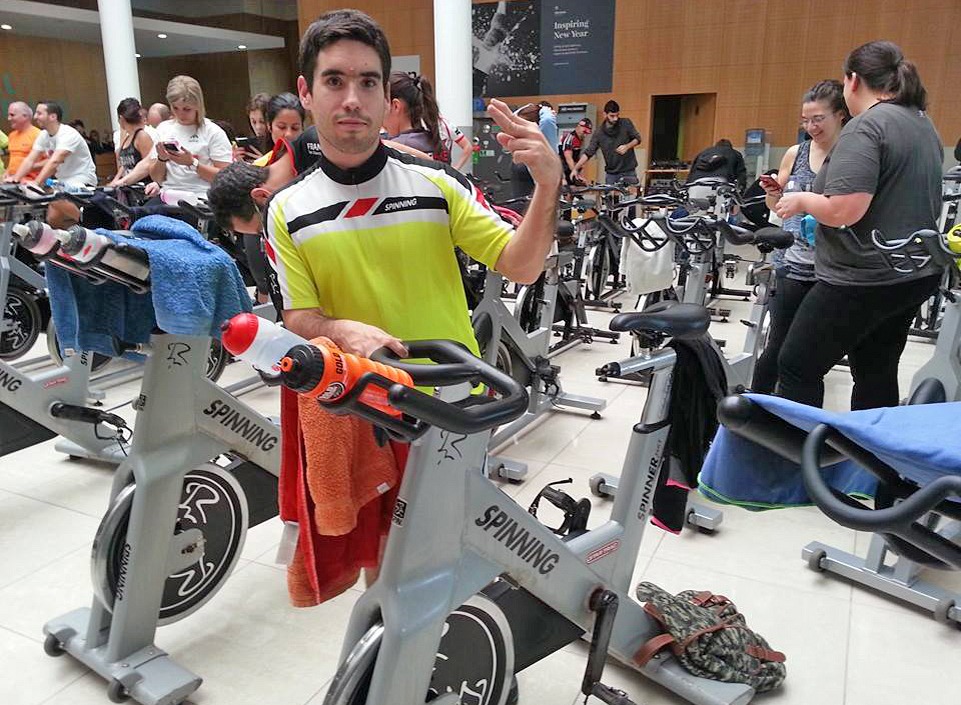
Where do you instruct classes?
Portuguese law says I can’t teach full-time in a gym – I can only cover other people’s classes when they aren’t available – so I don’t have regular slots, but I do teach in a number of gyms close to my home.
Mine are always freestyle classes, designed and built by me in accordance with the rules of the Spinning programme. I believe having fun is very important, but training with awareness and purpose is even more important, so I always have a clear training objective in mind and I choose the music accordingly.
I also make sure I use popular songs from the radio and I factor in participants’ music preferences; I tend to cover afternoon class slots when people are tired from their day’s work, and great music is an excellent way to keep them motivated.
What’s your secret to motivating members?
I’m very much myself on stage. I think that’s so important, because members can really see and experience the passion I feel. That’s the most important thing any instructor can bring to a class: passion. When you have a passion for what you do, half of the work is done already, because participants feel it and it boosts their own motivation.
“When you have a passion for what you do, participants feel it and it boosts their own motivation”
I also invest in regular Continuing Education. It’s very important to keep learning if you want to inspire people.
Another tactic I have is simply to say: ‘If I can, so can you!’ The fact I have cerebral palsy and yet I’m an instructor… I have no doubt that inspires members who attend my classes. I’m sure it encourages them to leave the studio thinking differently.
Because indoor cycling can be tough. When people try it for the first time, they don’t think they can take it. When they attend my class, though, it changes their way of thinking. They realise they can take it and they become regular attendees.
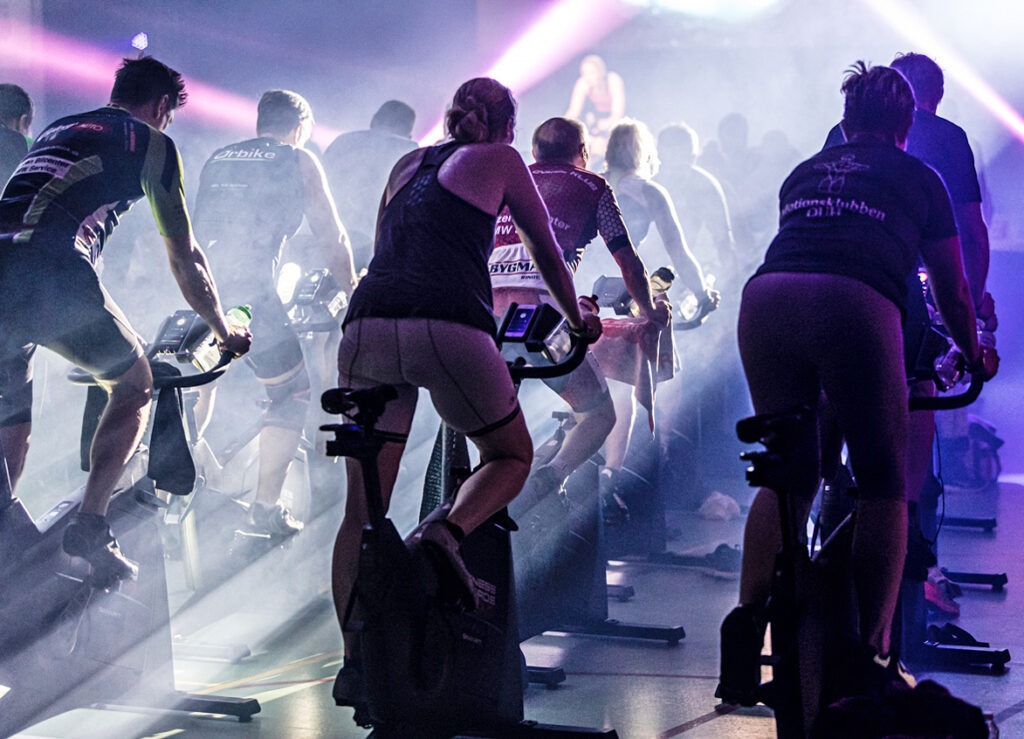
How do members respond to you?
What I try to bring to the gym goes far beyond the workout. It usually starts right at reception, when they tell the members I’m going to teach. People’s reaction tends to be a question: “You’re coming to work out?”
I don’t find it strange – it isn’t every day members have an instructor with cerebral palsy leading the class – but what I want is to open people’s minds and show them that limitations need not render anything impossible in our lives.
What’s your advice to those with similar conditions to yourself?
Indoor cycling is a great form of exercise for people with physical limitations, but do first seek advice from a properly certified instructor, to discuss what adaptations may or may not be necessary.
Then, when you start, never give up, no matter how hard it is. Even the things you find difficult at first will become easy over time.
Whoever you are, if someone tells you something is impossible, substitute the word ‘impossible’ for ‘possible’ and prove them wrong!

Conceived, powered and funded by BODY BIKE®, RIDE HIGH has a simple mission: to celebrate and champion the very best of indoor cycling, sharing ideas, stories and experiences from around the world to inspire the sector on to even bigger and better things. Subscribe for free by leaving your details below and we'll send indoor cycling's hottest news direct to your inbox three times a year.

